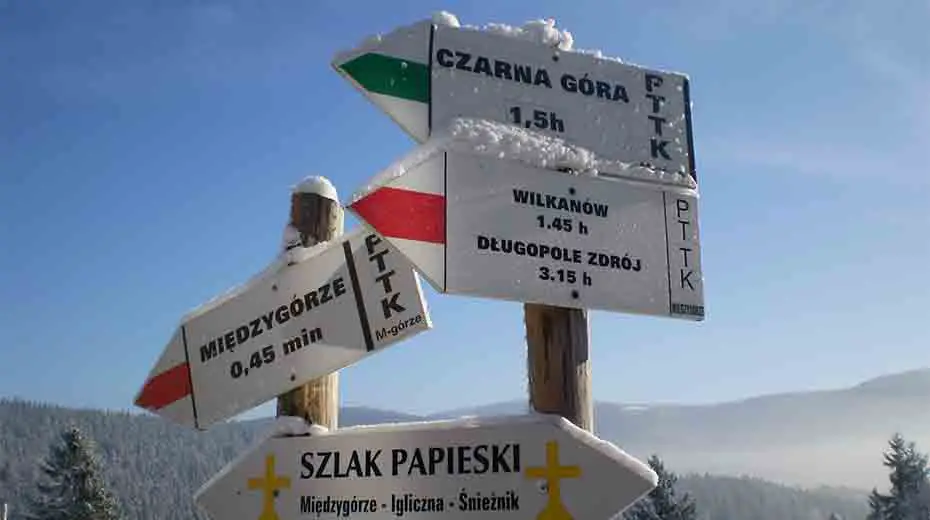Remember those school days when you first encountered the concept of slope in math class? It felt like a mysterious concept, right? You might have been wondering, “What is slope, and why exactly is it important?” At that moment, you probably didn’t think too much about it beyond the necessity of passing your test. But the truth is, understanding slope is a fundamental skill that has the potential to significantly improve your understanding of mathematics and its applications in real life. The concept of slope is everywhere – from calculating the steepness of a hill, figuring out how fast your car is moving, or even designing a building.

Image: www.mathworksheets4kids.com
In this guide, we’ll delve into the world of slope, starting with the basics, and gradually increasing the complexity for a more comprehensive understanding. So, fasten your seatbelts, and we’ll embark on a journey to conquer the concept of slope.
What is Slope?
Slope is a mathematical term that describes the steepness of a line. Picture a playground slide. If the slide is very steep, it means you’ll zoom down very quickly. On the other hand, if the slide is relatively flat, you’ll take a leisurely slide down. This is analogous to slope; the steeper the line, the greater the slope.
More precisely, slope is the ratio of the vertical change (rise) to the horizontal change (run) between any two points on a line. This means that the slope tells us how much the line rises (or falls) for every unit of horizontal movement. For instance, a slope of 2 indicates that for every unit moved horizontally, the line rises two units vertically.
Understanding the Formula
The Formula
The formula for calculating slope is simple and elegant:
Slope (m) = (Change in y) / (Change in x)
Let’s break down the formula:
- Change in y: This refers to the difference in the y-coordinates of two points on the line. It represents the vertical displacement.
- Change in x: This is the difference in the x-coordinates of the same two points, representing the horizontal displacement.

Image: skiinglab.com
Calculating Slope: A Step-by-Step Guide
Now, let’s put our knowledge to the test with an example:
Step 1: Identify Two Points
Imagine we have two points on a line:
- Point A: (2, 3)
- Point B: (5, 9)
Step 2: Calculate the Change in Y
Find the difference between the y-coordinates of the two points:
Change in y = 9 – 3 = 6
Step 3: Calculate the Change in X
Find the difference between the x-coordinates:
Change in x = 5 – 2 = 3
Step 4: Apply the Formula
Now, we have all the necessary components:
Slope (m) = (Change in y) / (Change in x) = 6 / 3 = 2
Therefore, the slope of the line passing through points A and B is 2. This tells us that for every unit moved horizontally to the right, the line rises 2 units vertically.
Interpretation of Slope
The slope of a line can be positive, negative, zero, or undefined, each having a unique interpretation:
Positive Slope
A positive slope indicates that the line is rising from left to right. This signifies that as values on the x-axis increase, the corresponding values on the y-axis also increase.
Negative Slope
A negative slope indicates that the line is falling from left to right. This means that as values of x increase, the values of y decrease.
Zero Slope
A line with zero slope is horizontal. This means that the change in y is always zero, regardless of the change in x. In this case, the line is perfectly flat, with no incline or decline.
Undefined Slope
A line with an undefined slope is vertical. In this case, the change in x is always zero, regardless of the change in y. This makes the denominator in the slope formula zero, leading to an undefined slope.
Tips for Mastering Slope
Here are some tips to help you grasp the concept of slope effectively:
- Practice, Practice, Practice: The key to mastering slope is through repeated practice. Work through various problems and examples to gain a solid understanding.
- Visual Representation: Use graphs to visualize the relationships between points and slope. This helps reinforce the concept and make it easier to comprehend.
- Real-World Applications: Look for real-life situations where slope is relevant, such as the incline of a road, the rate of a car’s speed, or the steepness of a roof. This helps connect the mathematical concept to everyday experiences.
Frequently Asked Questions
What is the slope of a horizontal line?
A horizontal line has a slope of zero. This is because the change in y is always zero, regardless of the change in x.
What is the slope of a vertical line?
A vertical line has an undefined slope. This is because the change in x is always zero, resulting in a denominator of zero in the slope formula.
Can the slope of a line be a fraction?
Yes, the slope of a line can definitely be a fraction. For example, a line with a slope of 1/2 means that for every 2 units moved horizontally, the line rises 1 unit vertically.
Find The Slope Level 1 S1
Conclusion
Understanding slope is an essential foundation in mathematics, laying the groundwork for more complex concepts in algebra, geometry, and calculus. By grasping the definition, formula, and interpretation of slope, you’ll gain a new vantage point for analyzing lines and understanding their characteristics. Remember to practice, visualize the concepts, and look for real-life applications to solidify your understanding.
Are you interested in learning more about different types of slopes or exploring real-world examples that illustrate the concept of slope? Let us know in the comments below!






